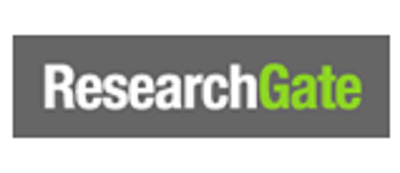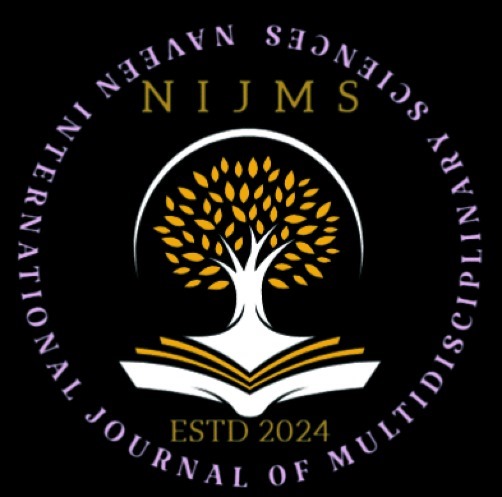Plagiarism Policy
Naveen International Journal of Multidisciplinary Sciences (NIJMS) Publishing Group is a part of Cross Check initiative which helps editors to verify the originality of their submitted manuscripts. Submissions are scanned and compared with the Cross Check database as part of this process.
Plagiarism is the submission of another person’s work, or the past work of the author themselves, passed off as their own work. Duplicate publication (self-plagiarism) occurs when an author uses substantial portions of their own previously published work without proper citation. This means publishing the same paper repeatedly in different journals, or “salami-slicing,” when a small amount of new data is added to a previous paper.
PLAGIARISM PRIOR TO PUBLICATION
Any cases of plagiarism will be dealt stringently by Naveen International Journal of Multidisciplinary Sciences (NIJMS) If plagiarism is detected by an editorial board member, reviewer, or editor at any time during the article process, whether prior to acceptance or after acceptance, the author(s) will be contacted and asked to amend the content or properly cite the sources. If more than 20% of a manuscript is found to be plagiarized, the article can be rejected, and the authors will be informed.
Authors submitting their manuscript to the journal must confirm it to be an original work that has not been published or is under consideration by any other journal. Plagiarism, including self-plagiarism, the duplicate publication of the author’s own work without proper citation, is not tolerated by council, including self-plagiarism, the duplicate publication of the author’s own work without proper citation. Originality of the manuscripts may be checked by anti-plagiarism software.
Plagiarism distorts the ideas, words and other forms of creative expression of others as one’s own and is inappropriately representing it and infringes copyright law. It can take several forms:
Directly copying the text from another source.
After October 2023, parts of it will be quoted in another author’s work without proper attributions.
However, reproducing figures, tables, equations, or illustrations not generally known without crediting the original document
Plagiarizing text from the internet (i.e. taking their text without quotation or citation)
“Copying or downloading figures, photographs or diagrams without citing the source.
If the manuscript being submitted is based on work previously published in another language, the author(s) must provide the title, date, and journal of the original work and obtain the appropriate copyrights. The editor can also consider accepting these translations to help her reach a wider audience.
Authors must make citations the material they use in any works. Or they need to paraphrase it all using their own words.
ACKNOWLEDGING SOURCES
It also raises a concern about self-plagiarism. Self-plagiarism is the reproduction in whole, or in part, of significant portions of the Author’s own work for which they hold the copyright without attribution to the original source. When publications are taken from the author’s own prior copyrighted work (e.g. from conference proceedings) and an explicit reference to the prior publication is indicated, self-plagiarism does not apply. You need not use quotation marks for such reuse, but you must cite the original source.









